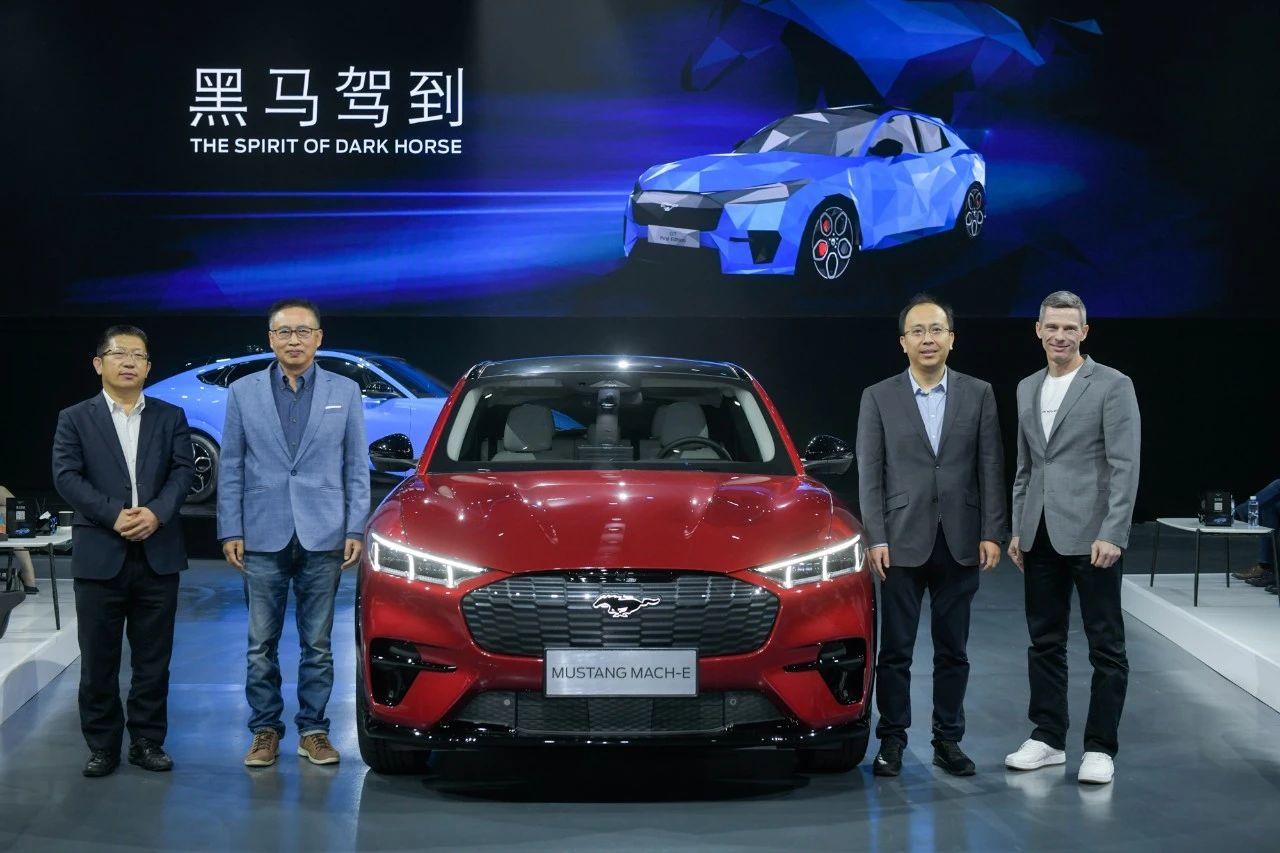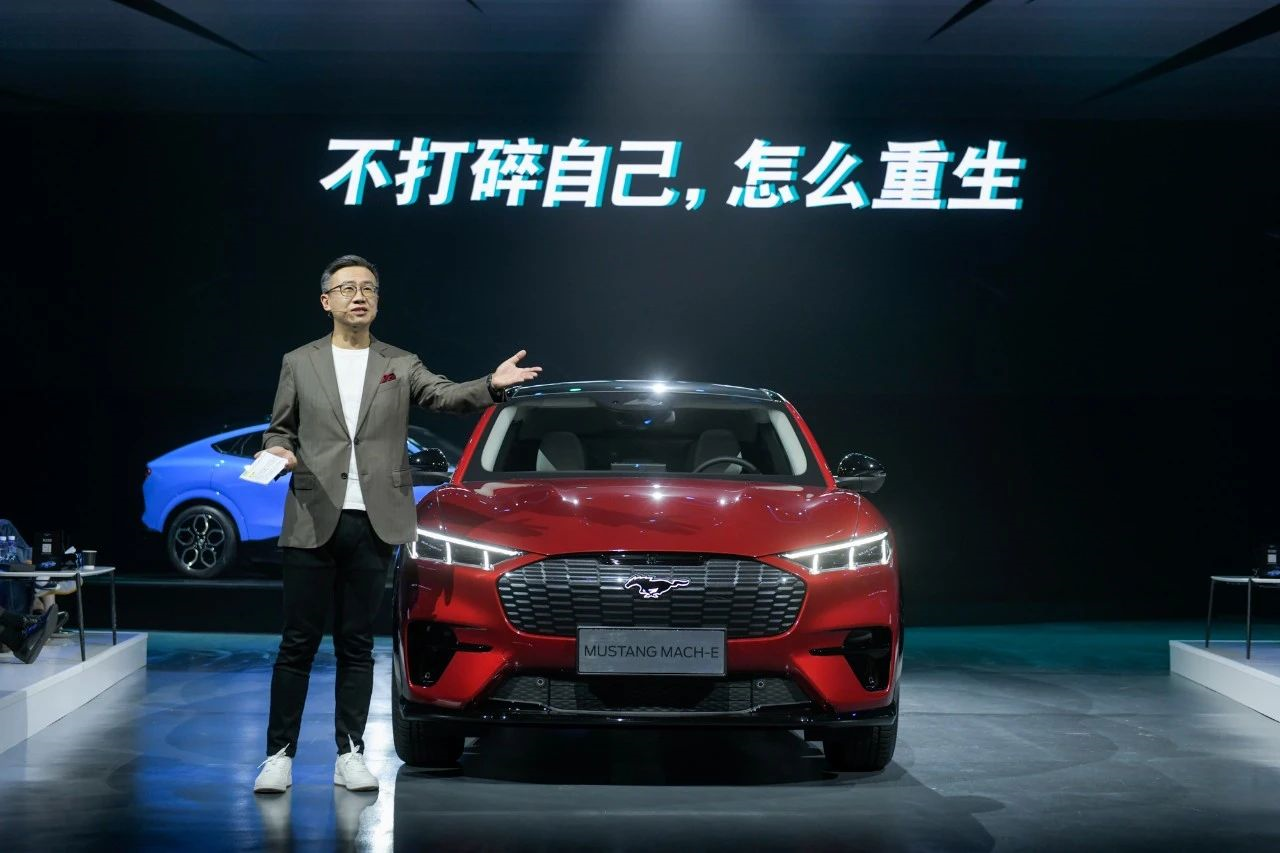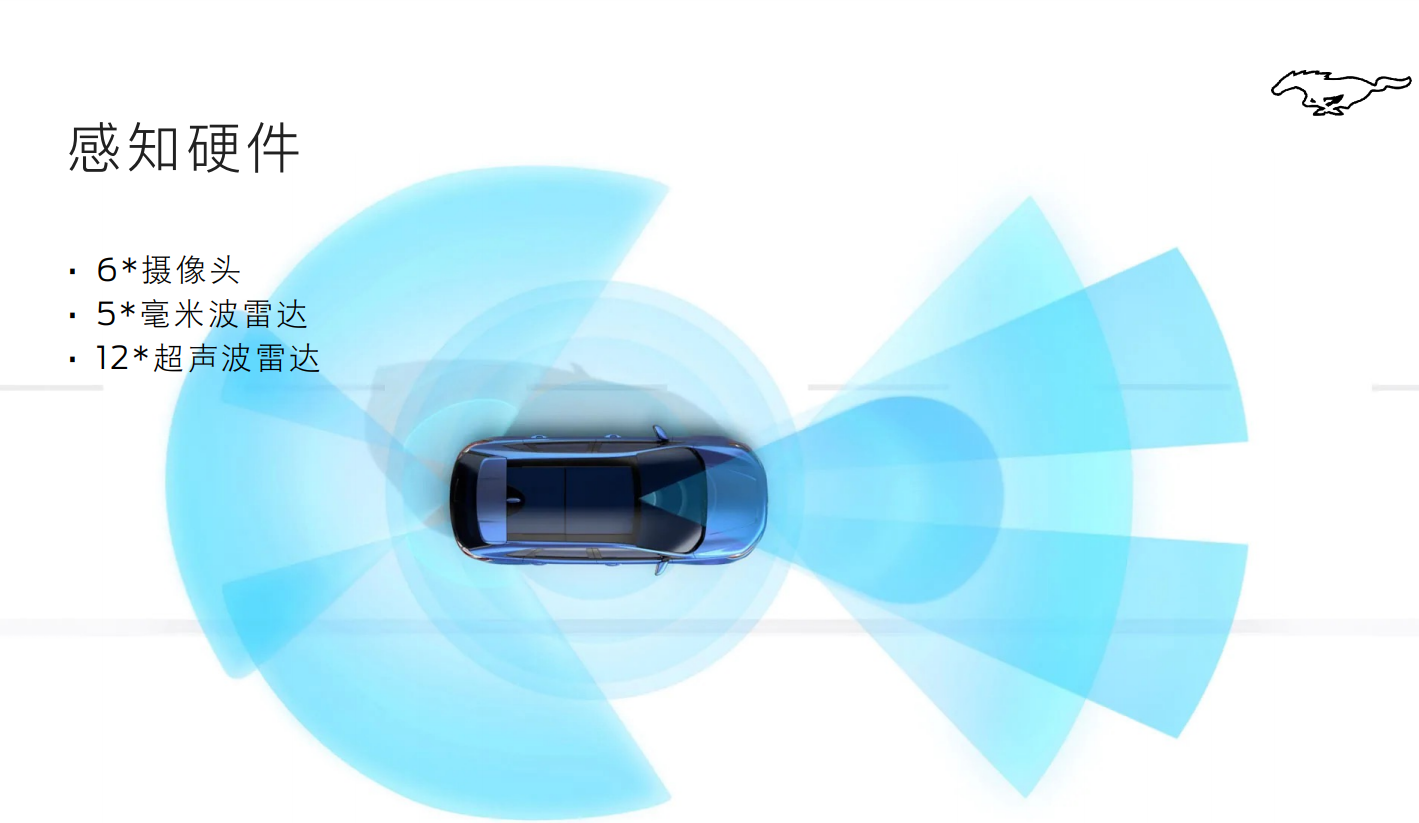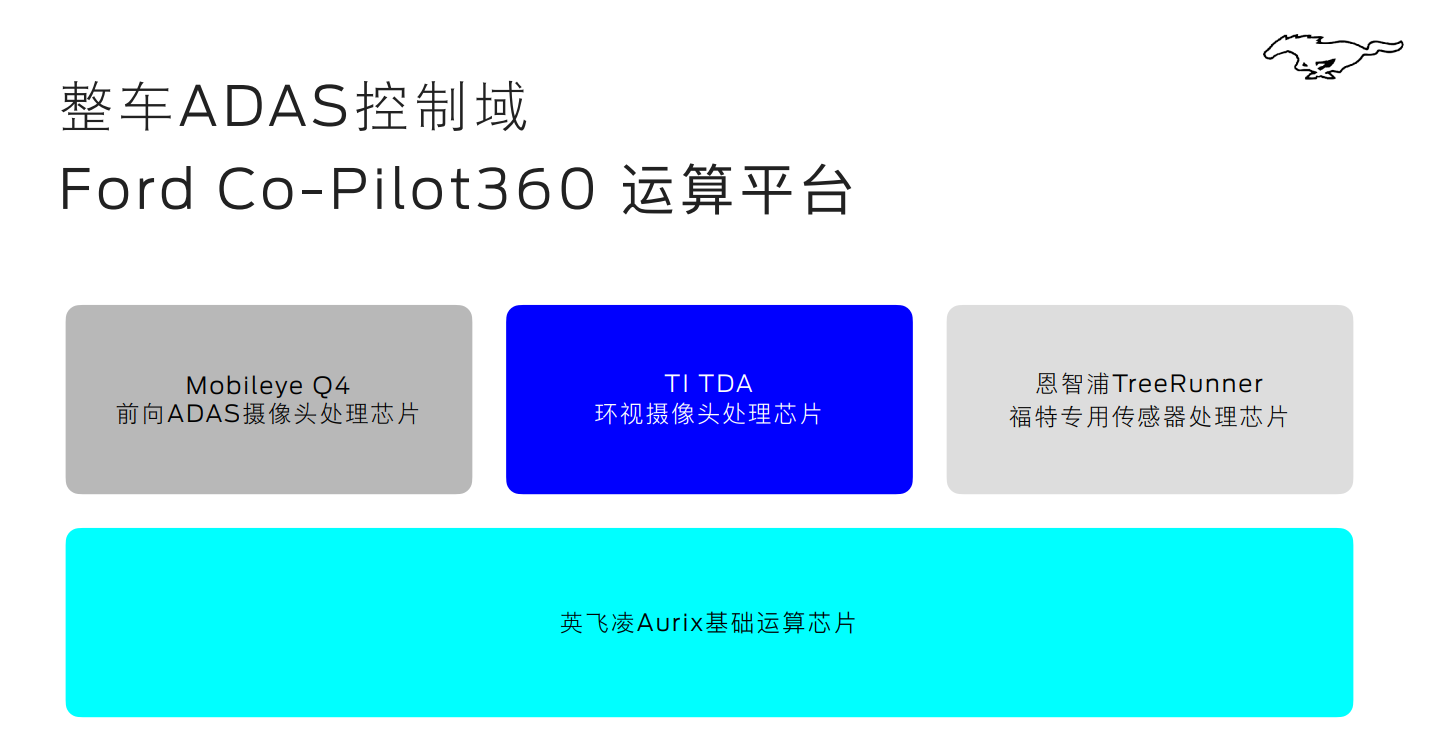*Author: Tian Hui
On April 13th, with a refreshing breeze and a slight chill still felt along the Huangpu River, the Ford Mustang Mach-E was launched. This new electric SUV sports car model, inheriting the history and legacy of the MUSTANG brand, was launched with a full sincerity at a starting price of only RMB 265,000 for the basic version with CLTC (Chinese Light-Duty Test Cycle) range of 470 kilometers.

More importantly, Ford has put down the posture of traditional car companies with a century of history and fully catered to consumer demands. First, they adopted BYD’s power battery, a “friendly competitor,” and also became the first to utilize NCM811 ternary battery; second, the cost-performance ratio exceeds Tesla, and compared to Model Y with similar performance, the starting price is lower and the configuration is more abundant; third, it has specially crafted intelligent interconnection and charging solutions for Chinese consumers and has made no hesitation in utilizing the charging resources of another “friendly competitor,” NIO.
Of course, even with the sincere configuration and price, the Ford Mustang Mach-E still faces fierce competition in China’s electric vehicle market. However, we have already seen a “wild” enough Ford in the electric vehicle market, and this is a good start.
Battery Supplier – BYD
The Mustang Mach-E is equipped with BYD’s 811 ternary lithium battery.
This information was revealed during the group photo session at the end of the press conference.
He Long, Chairman of Weide Battery Co., a subsidiary of BYD, was present and took a photo with Dr. Chen Anning, President and CEO of Ford China. This can be considered to be the official announcement of the cooperation between Ford and BYD.

After further communication with relevant personnel from BYD, it was confirmed that the Ford Mustang Mach-E model uses BYD’s 811 ternary lithium battery.
In fact, the collaboration between Ford and BYD was not without any omens.
Changan Auto, Ford’s partner, has already adopted BYD’s ternary lithium battery in its pure electric vehicles. Therefore, industry insiders saw no surprise that the domestically manufactured Ford Mustang Mach-E would adopt BYD’s battery.
What is unexpected is that Ford directly selected the higher energy density 811 ternary lithium battery, which has never been used even on BYD’s own models.
The Ford Mustang Mach-E became the first model to eat “crab.”
Similar “crab-eating” behavior is not limited to the power battery field, but also in charging, intelligent vehicle systems, and many other areas.
Localized Services Come FirstIn addition to its product strengths, the Mustang Mach-E offers localized services to cater to the Chinese market.
The NIO Super Charging Network will provide charging resources for the Ford Mustang Mach-E.
The mastermind behind this collaboration is apparently Zhu Jiang, the project leader of the Ford Mustang Mach-E, who used to be the Vice President of User Development at NIO.
Charging has always been a stumbling block in the development of electric cars, and Zhu Jiang, who has managed electric vehicle projects before, clearly knows this. Therefore, Ford has made great efforts to solve the problem of charging for Chinese consumers.
Ford has partnered with well-known charging station operators in the industry to provide more than 300,000 charging stations for Mustang Mach-E consumers, including over 160,000 fast charging stations.
According to the Electric Vehicle Observer, first-class charging operators such as Star Charge will also provide charging services for Ford Mustang Mach-E models.
More than just quantity, the Ford Mustang Mach-E will take charging convenience to a new level by providing plug-and-charge service when leaving the factory.
Charging has always been a pain point for consumers when buying electric cars. By partnering with local service providers, Ford provides consumers with convenient and reliable charging services, which clearly stems from in-depth research on local needs.
Another project that has undergone in-depth research is the intelligent car-machine system.
Consumers in the Chinese market have significantly different demands for intelligent car-machine systems from those in other regions, and a notable feature is that Chinese consumers require local content and services provided by car-machine systems.
As a global automaker, Ford has recognized this trend and thus created the SYNC+2.0 Intelligent Interconnect System for the Mustang Mach-E in response to Chinese consumers’ needs.
This is also the first time that the SYNC+2.0 Intelligent Interconnect System has made its debut on a Ford China model.The advantage of this system is that it can integrate local content services in China, such as iQiyi, Ximalaya, and QQ Music, into the car system. At the same time, through partners such as ETCP parking and Ctrip travel, it provides in-car travel services for car owners.
The cooperation partner of SYNC+2.0 intelligent interconnect system is Baidu.
As the saying goes, food and grass should come first before preparing for war. Despite the product strength of Mustang Mach-E, in terms of exploring user needs, Ford has created a competitive advantage for its electric vehicles different from those of multinational car companies by teaming up with local partners in China.
As for the product strength of Mustang Mach-E, Ford has completely designed it based on a new concept, which can even be described as revolutionary.
Revolutionizing the Product Strength of Combustion Cars
If you don’t break yourself, how can you be reborn?
This is Ford’s answer to electrification.

In terms of the three-electric system, Mustang Mach-E will provide four models with different power levels. Among them, the standard extended-range rear-wheel-drive version will be equipped with a permanent magnet synchronous motor with a maximum power of 201 kW, a maximum torque of 430 Nm, and an acceleration time from 0 to 100 kilometers per hour less than 7 seconds.
The long-range rear-wheel-drive version of Mustang Mach-E is equipped with a permanent magnet synchronous motor with a maximum power of 224 kW, a maximum torque of 430 Nm, and an acceleration time from 0 to 100 kilometers per hour less than 7 seconds.
The acceleration time from 0 to 100 kilometers per hour for the long-range all-wheel-drive performance version of Mustang Mach-E is less than 5 seconds.
The acceleration time from 0 to 100 kilometers per hour for Mustang Mach-E GT First Edition is less than 4 seconds.
Just from the power level, it is enough to show the excellent performance of Mustang Mach-E in the three-electric system.
However, the truly powerful aspect of Mustang Mach-E is in autonomous driving.

In terms of autonomous driving hardware, Ford Mustang Mach-E is equipped with six cameras, five millimeter-wave radars, and 12 ultrasonic radars. The autonomous driving sensor is armed to the teeth.
In terms of autonomous driving chips, Ford Mustang Mach-E adopts the EyeQ4 forward ADAS camera processing chip provided by Mobileye, together with the TI TDA surround view camera processing chip and Ford’s proprietary sensor chip combination.
With a powerful hardware foundation, Mustang Mach-E is capable of supporting L2 level or above autonomous driving functions at the software level.
At the software level, Mustang Mach-E’s entire lineup comes standard with Ford Co-Pilot360 intelligent driving assistance system, supporting up to 26 intelligent driving assistance functions, including ACC, LLC, and other important L2 level intelligent driving assistance functions.
On this basis, Ford has also launched the Co-Pilot360 intelligent driving assistance upgrade package, which provides BlueCruise active driving assistance, FAPA one-button parking assistance system and other functions. In the future, automatic lane change assistance and other functions will be provided through OTA upgrades.
After adding so many autonomous driving functions, looking at the starting price of RMB 265,000, Mustang Mach-E will become one of the few electric SUV models on the market with L2 level intelligent driving assistance functions, competing against new car-making forces such as Tesla.
Even compared with Ford’s own fuel vehicles, Mustang Mach-E still has considerable advantages in terms of intelligence and autonomous driving.
Independent marketing system
At the marketing level, Ford Mustang Mach-E will establish a self-operated sales system completely different from the existing fuel vehicle sales system.
In 2021, Ford plans to open Mustang Mach-E experience centers in 20 cities in China, and adopt a completely self-operated sales approach.
For Ford’s existing dealer system, this is a major change.
However, for car companies expected to get a share of China’s electric vehicle market, self-built marketing and sales systems are still the most effective way to improve user experience.
With Ford’s market share in China slowly recovering and after launching several popular fuel vehicle models, Ford apparently has more confidence in trying new approaches in the electric vehicle market.
Ford Mustang Mach-E’s deep localization in marketing, product power, and service system may be the beginning of this new attempt.
Ford’s new approach on Mustang Mach-E also provides a new idea for traditional car companies to transform to electrification – if you don’t break yourself, how can you be reborn.
This article is a translation by ChatGPT of a Chinese report from 42HOW. If you have any questions about it, please email bd@42how.com.